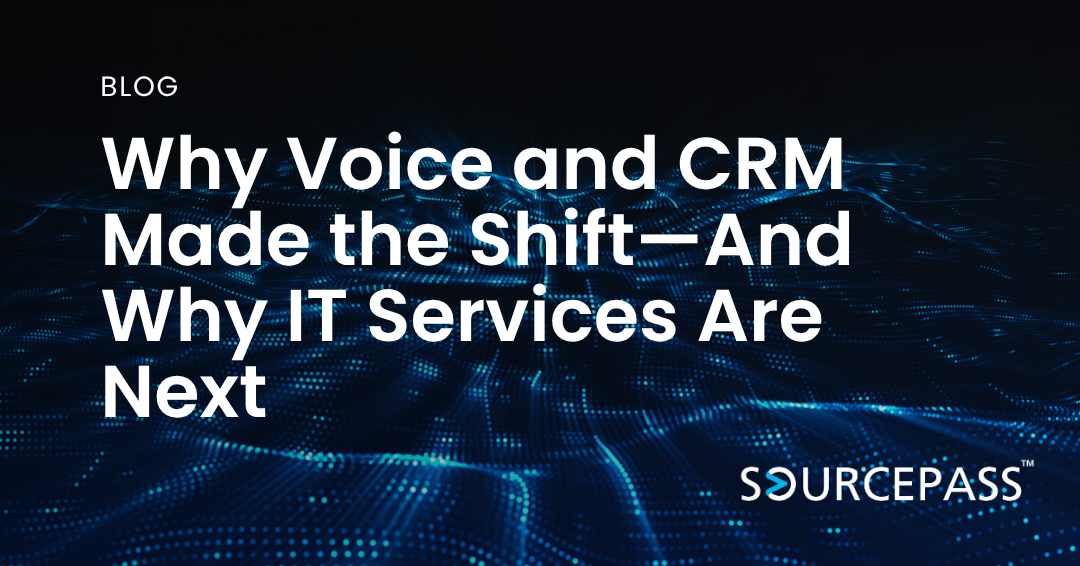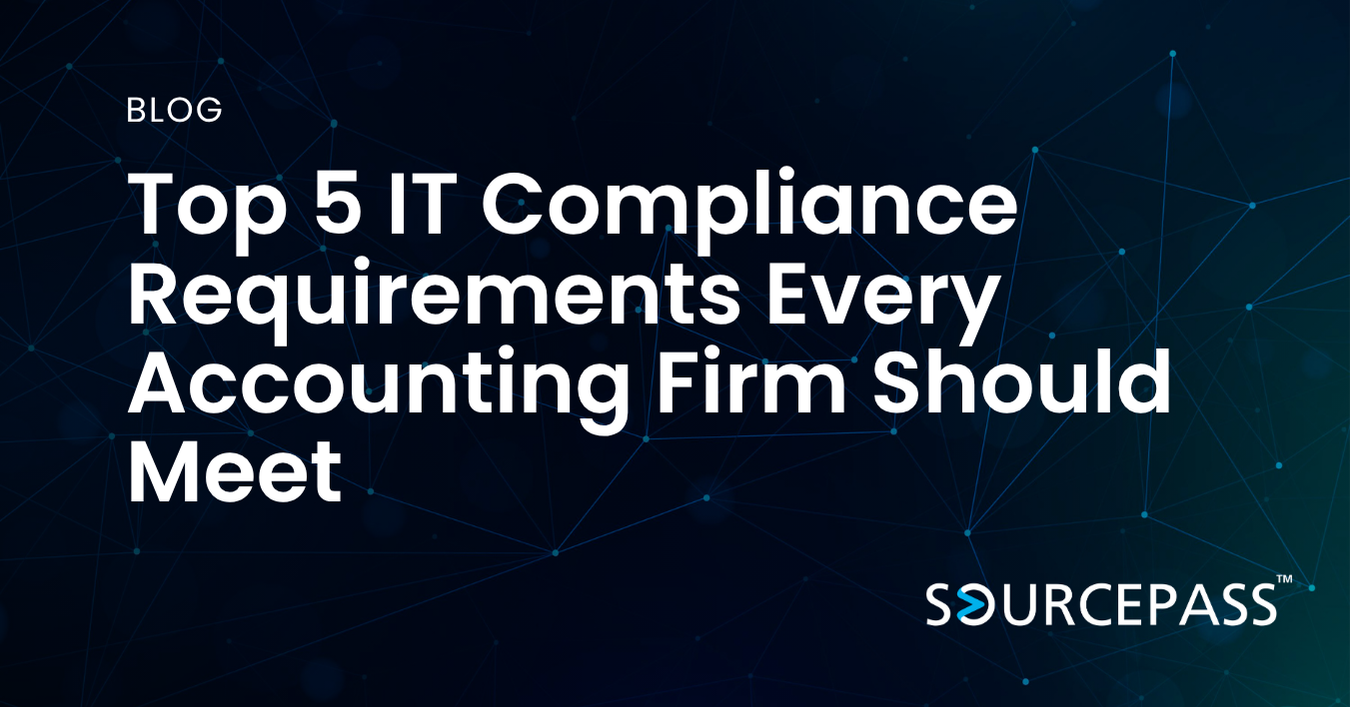Why Voice and CRM Made the Shift—And Why IT Services Are Next
Jun 16, 2025 Admin Strategy & Modernization | IT Services & Support 2 min read



Over the past decade, many businesses have made seamless transitions from legacy tools to cloud-based platforms in two critical areas: customer relationship management (CRM) and voice communications.
Platforms like Salesforce, HubSpot, and Microsoft Dynamics replaced clunky, on-prem CRM systems, while UCaaS (Unified Communications as a Service) tools like Microsoft Teams Phone, Zoom, and RingCentral quickly overtook traditional PBX systems.
Now, another core function is on the move: IT services.
The same logic that pushed organizations to adopt SaaS and UCaaS—cost savings, scalability, mobility, and better support—is now driving a shift toward Managed IT Services. If CRM and voice were the first dominoes, full-service IT is the next one to fall.
Why Voice and CRM Moved to the Cloud First:
Cost Predictability and Lower Capital Investment
Legacy PBX and CRM systems came with significant hardware costs, license fees, and maintenance needs. Cloud platforms eliminated the need for bulky infrastructure and allowed businesses to move to an operating expense (OpEx) model with predictable monthly costs.
Ease of Access and Remote Work Support
Modern sales and service teams needed tools that worked from anywhere. Cloud CRM and VoIP platforms enabled secure, real-time access across devices and locations, which became essential during the shift to hybrid and remote work models.
Security and Uptime Improvements
Cloud vendors now offer enterprise-grade security, frequent updates, and high availability—far exceeding what most small internal IT teams could maintain for on-prem systems.
Ongoing Improvement
Cloud platforms are updated frequently, often weekly, giving users access to new features, integrations, and compliance support without the need for disruptive upgrades.
Why IT Services Are Next in Line
If cloud CRM and UCaaS made businesses faster and more resilient, Managed IT Services are doing the same—but across the entire technology environment. Here’s why the shift is accelerating:
IT is More Complex Than Ever
Modern IT includes cybersecurity, compliance, backup and disaster recovery, remote support, network monitoring, device management, and cloud orchestration. Very few internal teams can manage this breadth effectively.
Small Internal Teams are Stretched Thin
The “one IT person” model breaks under the weight of today’s security and performance demands. Even with good generalists, organizations often lack the depth of expertise in areas like incident response, compliance frameworks, or cloud optimization.
Cybersecurity Threats are Rising
Ransomware, phishing, and compliance violations now carry six-figure risks. Managed IT providers offer 24/7 monitoring, layered defenses, and proactive patching that go far beyond break/fix support.
A Shift in Ongoing Strategy
Just as sales and service teams benefit from optimized workflows in their cloud CRMs, businesses now want strategic IT planning: lifecycle management, budget forecasting, vendor consolidation, and scalable architecture. Managed IT providers offer that roadmap, not just reactive helpdesk support.
Comparing the Shift: CRM/Voice vs. IT Services
|
Function |
Then |
Now |
|
CRM |
On-prem software, siloed data |
Cloud-based, integrated, real-time |
|
Voice |
PBX hardware, limited mobility |
VoIP/UCaaS with mobile access |
|
IT Services |
Internal team, reactive, limited scope |
Managed services, proactive, strategic IT partner |
Real-World Impact
A mid-size financial firm that transitioned to managed IT saw:
- 40% fewer support tickets within six months
- $75,000 saved in hardware and licensing costs in year one
- Full HIPAA and SOC 2 alignment before their audit
- No downtime during their move to a hybrid work model
Managed IT Services with Sourcepass
Business-critical systems—first CRM, then communications—have already made the jump to the cloud for good reason. IT services are simply catching up to the rest of the business.
Outsourced IT is no longer just a cost-cutting measure—it’s a strategic enabler. Businesses that embrace Managed IT Services gain access to enterprise-level support, security, and innovation without the overhead of building an internal department.
Let’s explore what a fully managed environment could look like for your organization.
Subscribe To
Sourcepass Insights
Sourcepass Insights
Stay in the loop and never miss out on the latest updates by subscribing to our newsletter today!
.png?width=500&height=100&name=White%20Logo%20-%20Transparent%20Tag%20(3).png)




